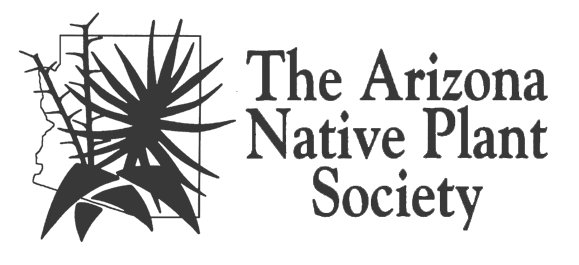Rare Plants
Rare Plant Management
Plant conservation work is focused often on the taxa that are most rare and/or threatened. In order to determine which taxa are in most need of attention, ranking systems have been developed which seek to integrate various factors related to population size, distribution, current status and the degree of threat.
In Arizona, the Arizona Game & Fish Department maintains the Heritage Data Management System (HDMS). HDMS is part of global network of more than 80 Natural Heritage Programs and Conservation Data Centers supported by NatureServe, a leading source for information about rare and endangered species and threatened ecosystems. While NatureServe and state heritage programs provide a clearinghouse and centralized data repository for information on rare plants and animals, the globally imperiled and threatened species in this region requires an additional level of analysis to assist rare plant conservation. At present there are over 250 taxa that are potentially ranked as globally imperiled or threatened by the Arizona Heritage Data Management System.
Plant abstracts, distribution maps as well as drawings of threatened and endangered plants can be found on the AZG&F Department Heritage Data Management website. See the Plants link (a Google Drive folder) on their page.
In 2011-2012, a complimentary second system was implemented in Arizona, as described in the Plant Press article from Summer 2013, based on the Wyoming protocol developed by Walt Fertig and others in Wyoming. This ranking system was also applied in Utah, as described in an article from the research journal of the 2012 Utah Native Plant Society and funded through a grant from the USFWS Cooperative Endangered Species Conservation Fund (Section 6 of the Endangered Species Act). With the assistance of many experts throughout Arizona and other southwestern states, this ranking system provides a more fine-grained assessment to determine which taxa are of concern. In 2014, a group convened at the Desert Botanical Garden to broaden the taxa under consideration to include 300 taxa and led to the Arizona Rare Plant Advisory Group Sensitive Plant List.
Beginning in 2014, Walt Fertig, Assistant Curator at Arizona State University Herbarium, is spearheading efforts to rank order over 3900 Arizona taxa using the Wyoming protocol. It is anticipated that the results of this work will be available in 2105. Being able to differentiate among taxa based on their rank score enables conservationists and managers to better allocate limited resources to those taxa most in need of attention of conservation action.
Rare Plant Guide
Published in 2000 by the U.S. Government Printing Office, this book was produced by the Arizona Rare Plant Committee, a collaboration of agencies and organizations, including AZNPS.
The guide lists more than 125 species of plants that are rare in Arizona. For each species there is a description, including phenology, management responsibility, habitat, range, and notes. Beautiful drawings and color photos illustrate each species, along with a very general map. In addition, the species are listed not only by botanical name, but also by management responsibility (e.g., Coconino National Forest), and by county.
Please note: this page is best viewed on desktop computers due to the some of the limitations of the initial project architecture in Google Docs.

